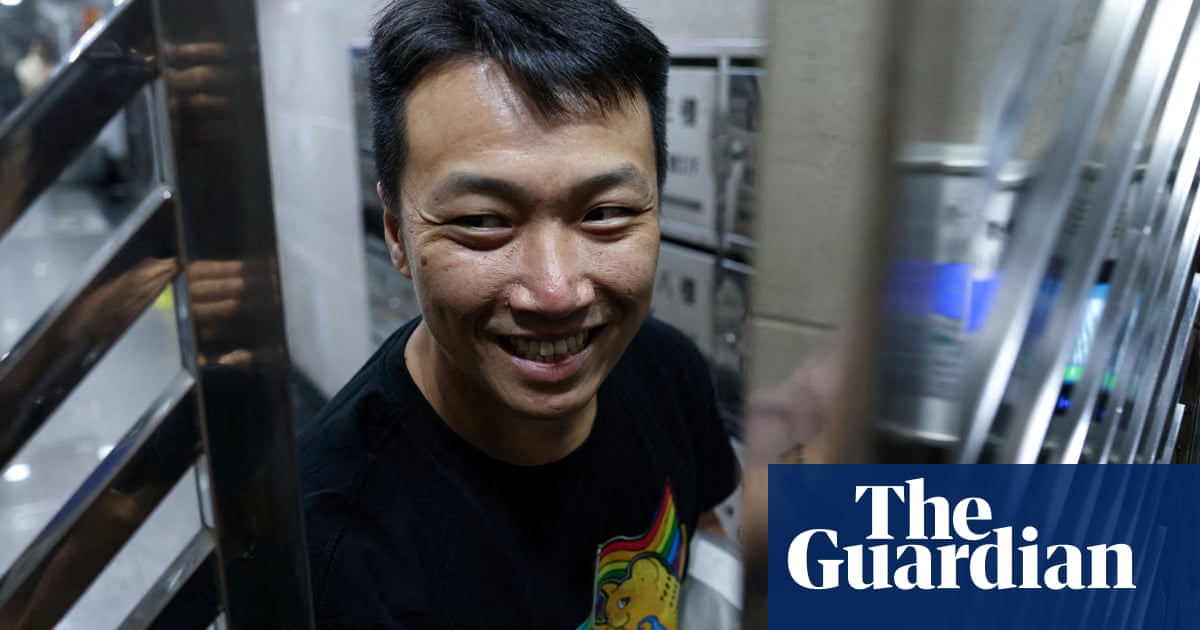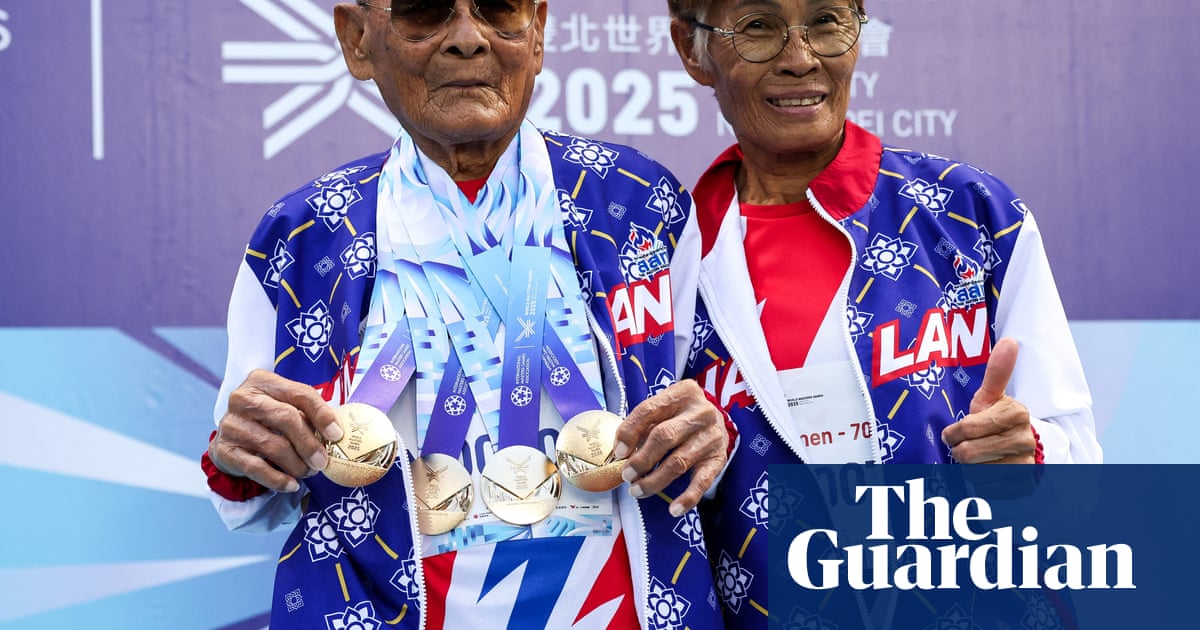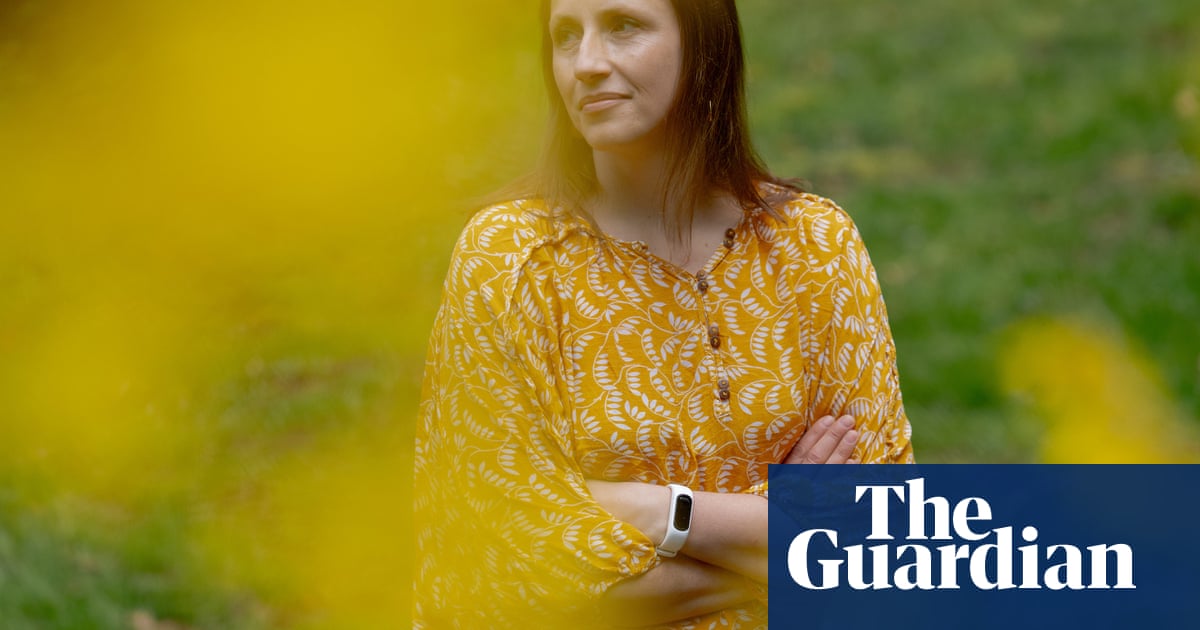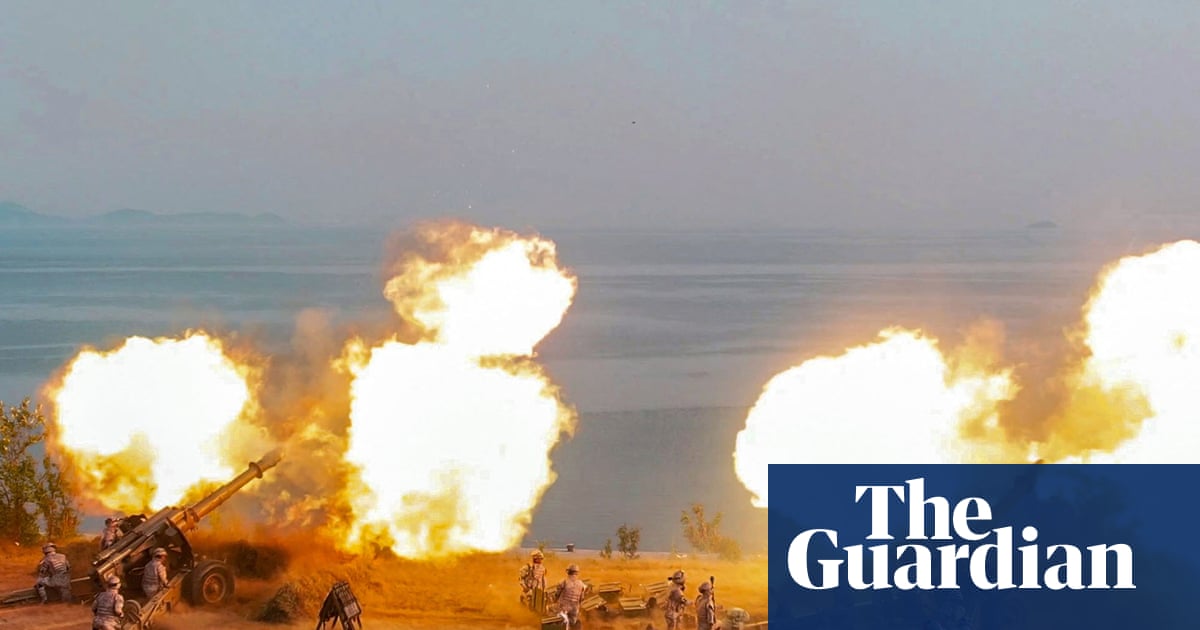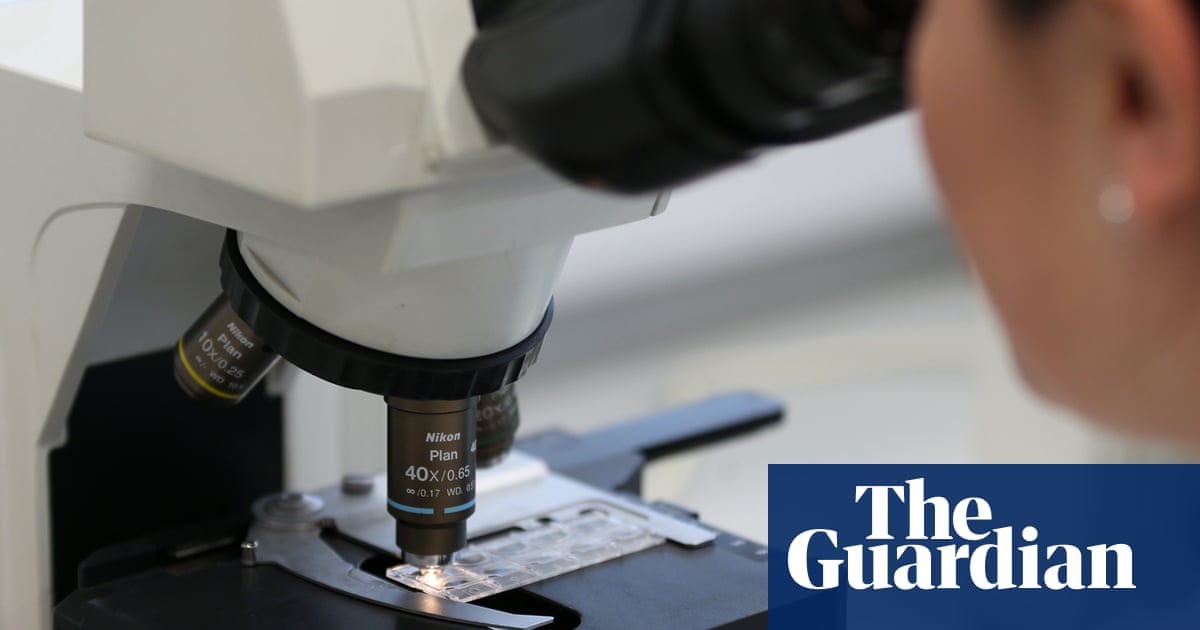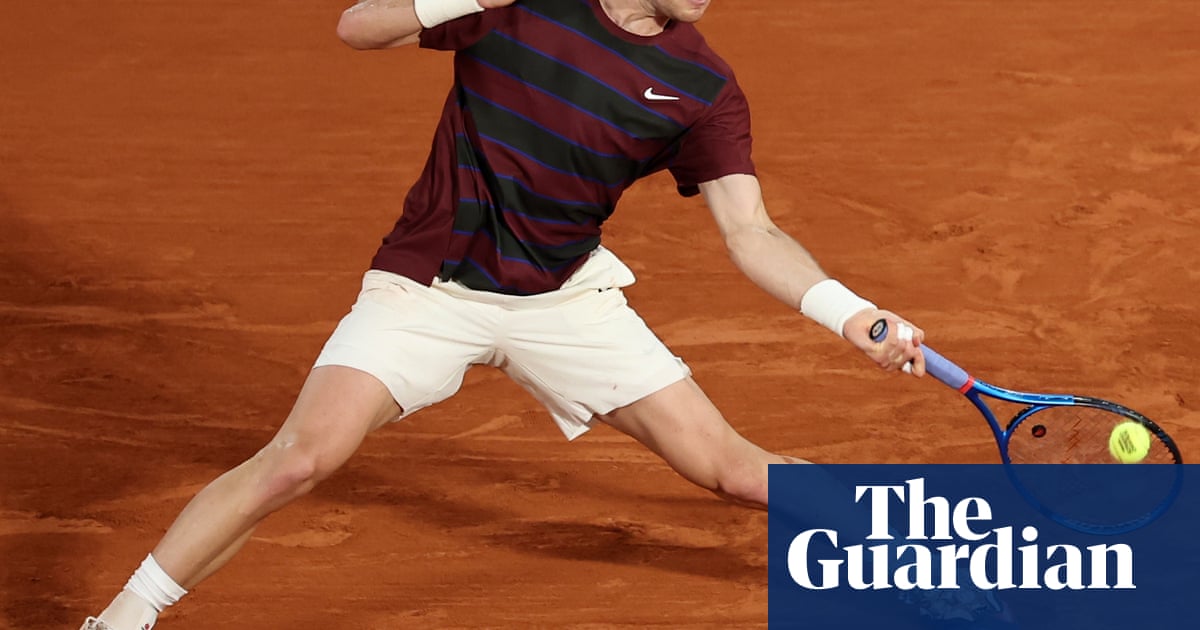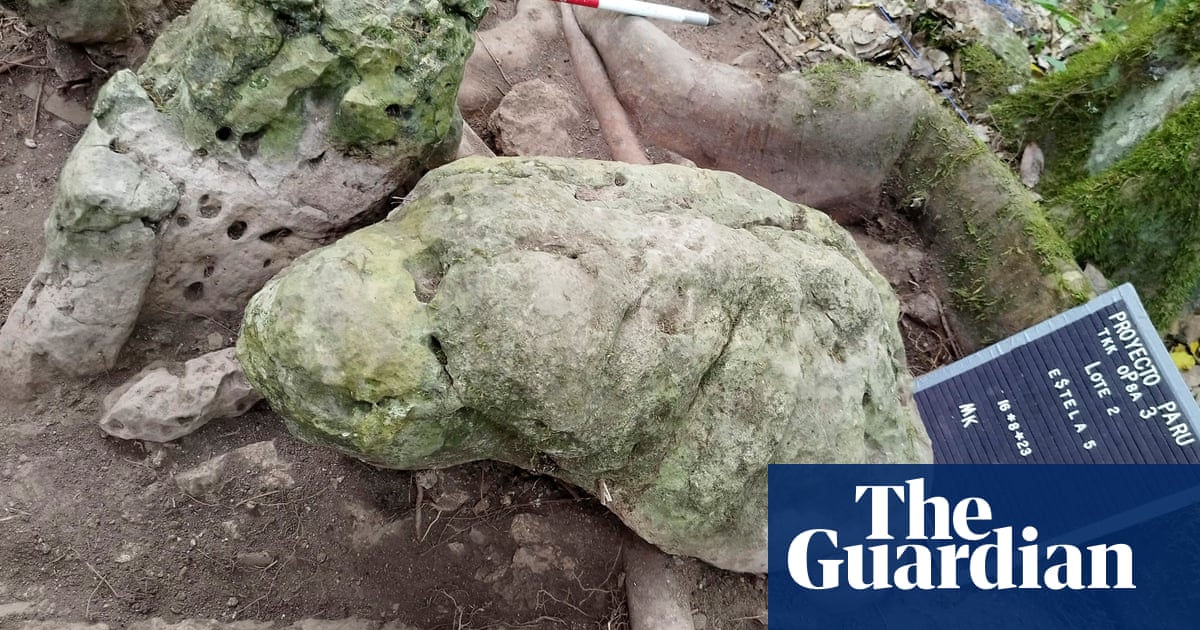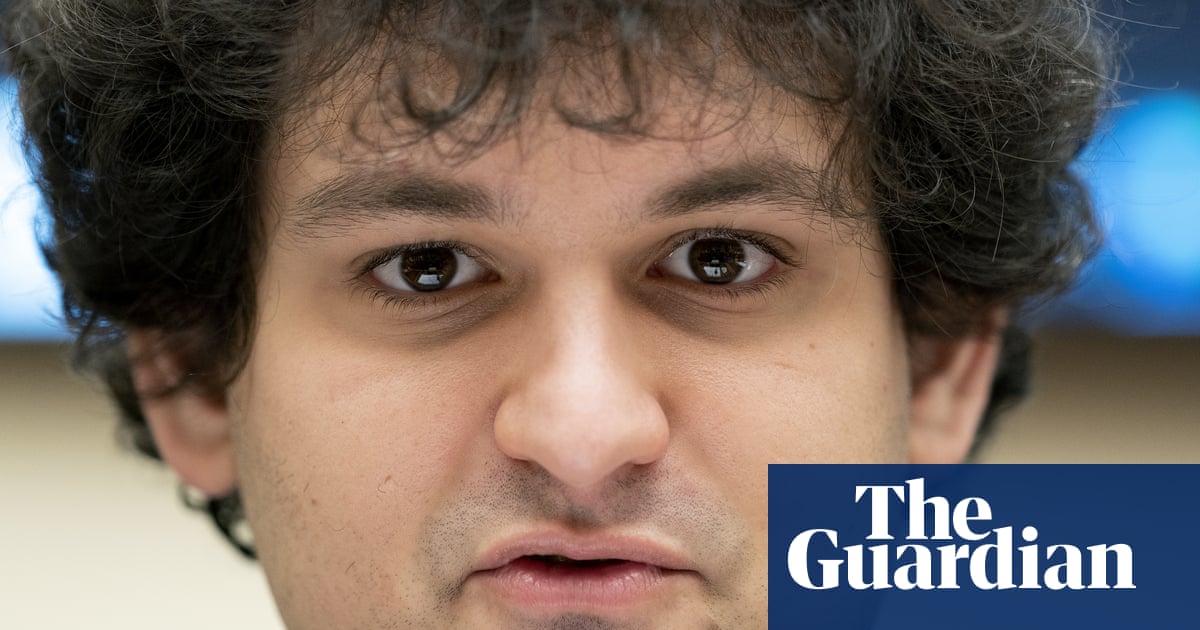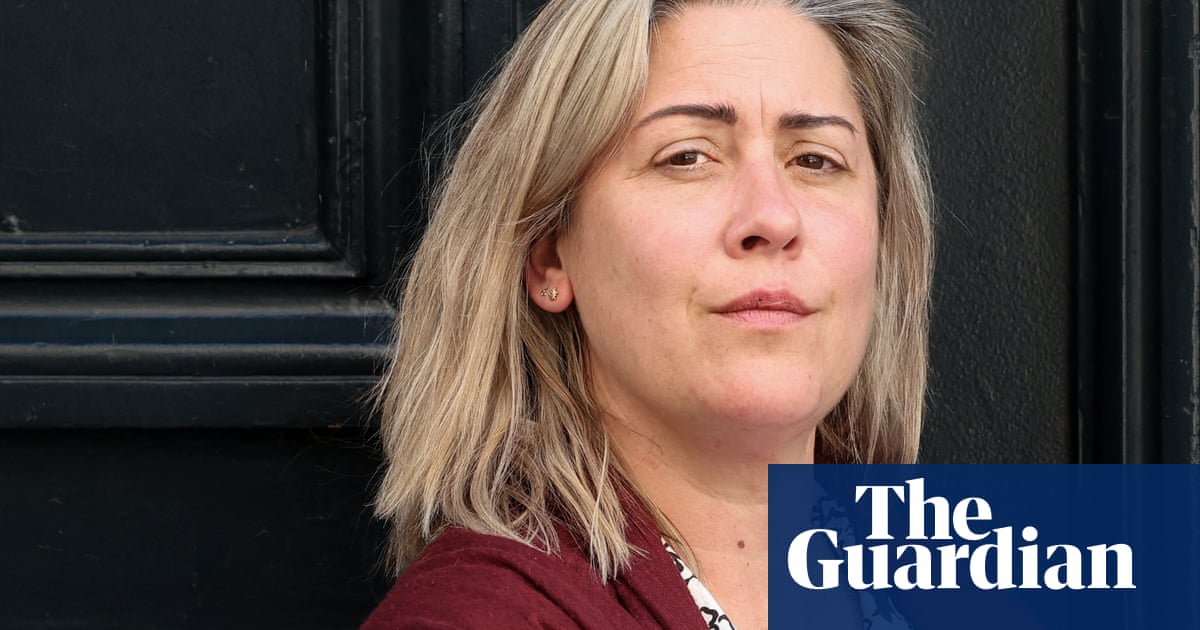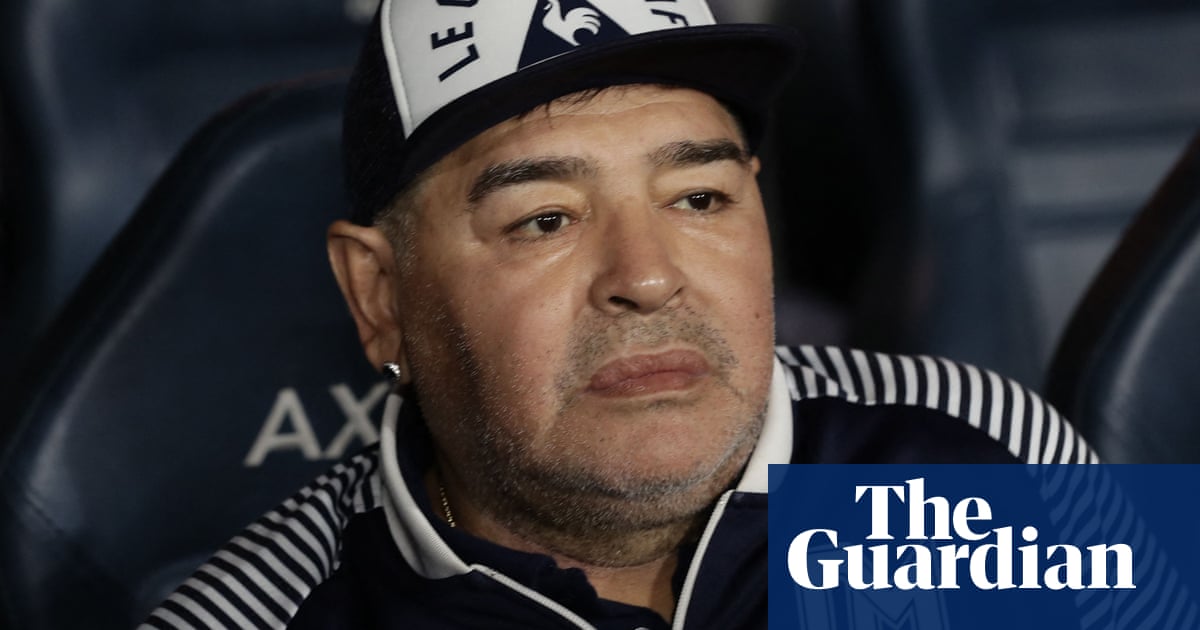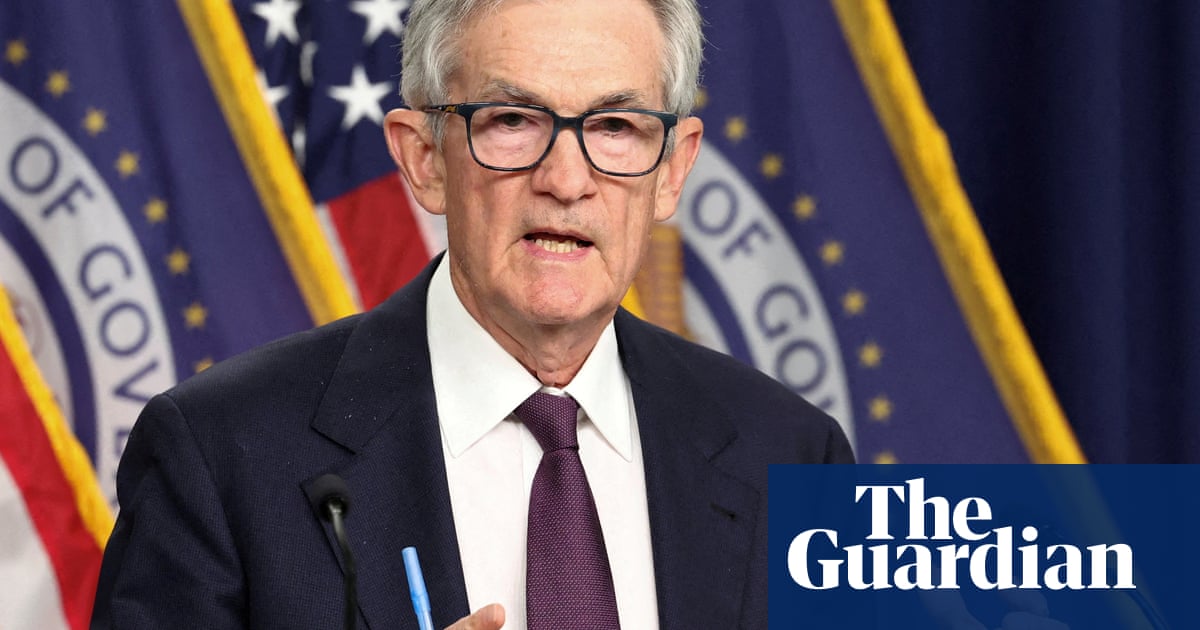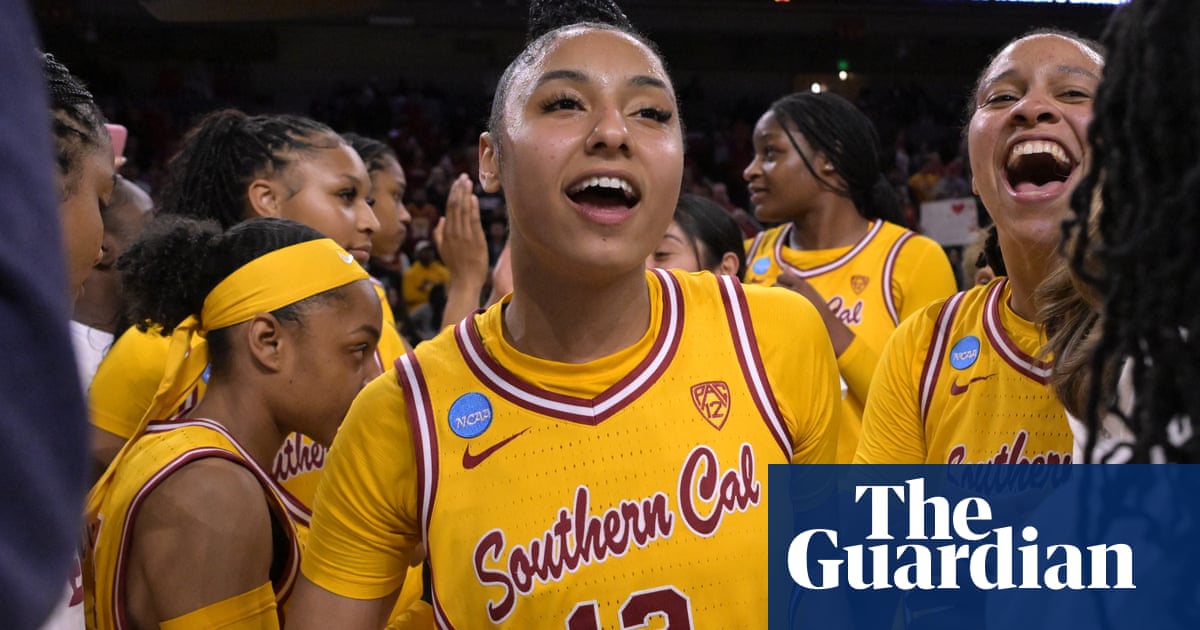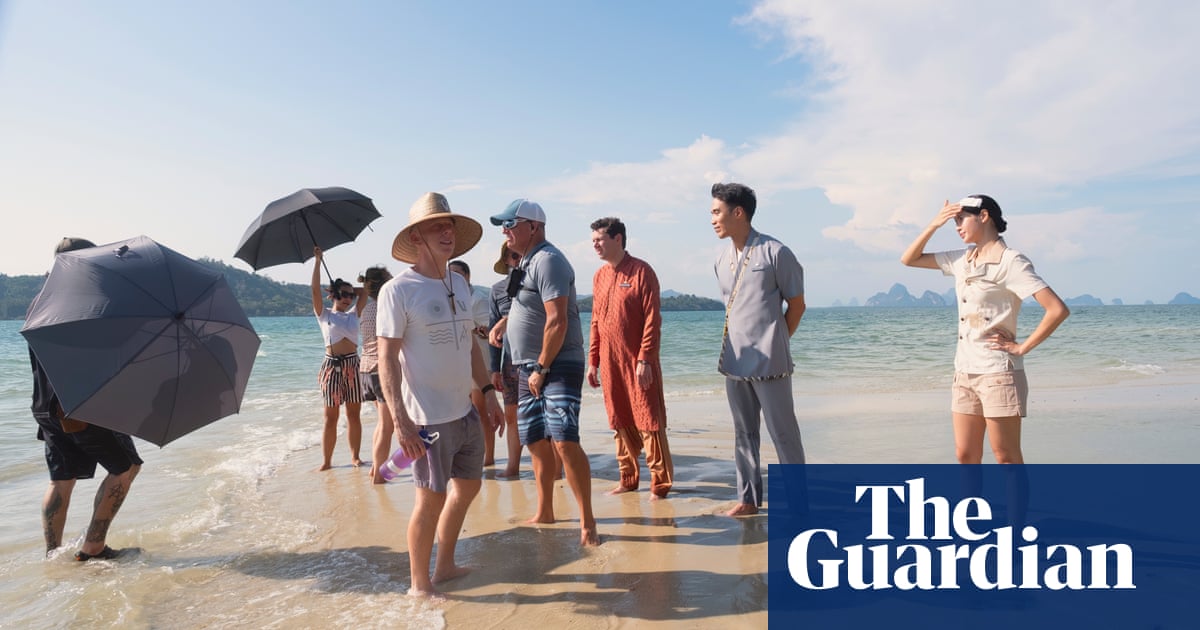Onosato has been promoted to sumo’s highest rank of yokozuna, the Japan Sumo Association announced on Wednesday, completing a meteoric rise to the summit of Japan’s national sport in the record span of 13 tournaments.
The 24-year-old, who weighs 421lb (191kg) and stands 6ft 4in (1.92m) tall, becomes the 75th yokozuna in sumo’s centuries-spanning history and the first Japan-born wrestler to hold the title since Kisenosato in 2017. His promotion comes just days after clinching the Summer Grand Sumo Tournament at Tokyo’s Ryōgoku Sumo Hall with a 14-1 record, clinching his second straight championship and fourth overall.
Onosato’s promotion was made official after a unanimous recommendation from the JSA’s advisory council on Monday and approved by the board of trustees at a special meeting on Wednesday. He is now the fastest wrestler to reach yokozuna in the modern six-tournament calendar era, which dates to 1958. The record ascent eclipses the previous mark of 21 basho set by Wajima, another Ishikawa native, in 1973.
“I am truly happy,” Onosato told reporters on Wednesday after receiving the decision from JSA envoys at his Nishonoseki stable in Ibaraki Prefecture. “Now, things will become more important than ever. I want to stay focused and continue to work hard.”
He added: “I will devote myself to training so as not to disgrace the rank of yokozuna. I want to be the one and only grand champion.”
The phrase “one and only” echoed his remarks last September when he was promoted to ōzeki, sumo’s second-highest rank. “I didn’t originally plan to say it again, but it just felt right,” he said. “It was the only thing that came to mind.”

Onosato, whose birth name is Daiki Nakamura, entered the professional ranks in May 2023 after a decorated amateur career at Toyo University. He began in the third-tier makushita division and quickly scaled the ranks without a single losing record, reaching ōzeki in his ninth tournament and before reaching the top in his 13th.
He secured his latest title on day 13 of the Summer tournament – where competitors wrestle once daily and the best record after 15 days wins – by defeating fellow ōzeki Kotozakura to improve to 13-0. His only loss came on the final day to Hoshoryu, the Mongolian-born yokozuna who was promoted in January.
Hoshoryu finished 12-3 and the result has only heightened anticipation for a nascent rivalry between the two. They are set to face off as yokozuna for the first time at the Nagoya tournament in July – sumo’s grand tournaments are held every two months throughout the year in the odd-numbered months – the first time two grand champions will top the banzuke ranking list since 2021. It makes the first time that two rikishi have earned promotion to yokozuna in the same calendar year since 1987, when Hokutoumi and Onokuni both reached the top.
“Winning two straight tournaments as an ōzeki is an impressive feat,” said Tadamori Oshima, chairman of the Yokozuna Deliberation Council, said on Sunday. “Above all, he remained composed and consistent under pressure.”

The promotion ends a period of scarcity for Japanese-born yokozuna. Before Kisenosato in 2017, Japan had gone nearly two decades without a native wrestler at the top rank, as Mongolian wrestlers dominated the sport. Six of the last seven yokozuna before Onosato were born in Mongolia, including the record-shattering Hakuho, Harumafuji and Asashoryu.
“I hope he leads by example and lifts the entire world of sumo,” said Nishonoseki, Onosato’s stablemaster, who competed as Kisenosato. “He’s still developing. He’s been building his body properly since entering the stable, making steady efforts. Training does not lie.”
Onosato’s rise has been widely hailed both for its symbolic significance and his calm, composed style. A technical and balanced wrestler, he has been praised for his maturity in the ring and his steady temperament off it. His promotion has also been a source of pride in his home prefecture of Ishikawa, which was devastated by a 7.6-magnitude earthquake on New Year’s Day in 2025. More than 600 people died in a disaster that displaced thousands and the Noto Peninsula region continues to rebuild. “I will work hard as a yokozuna to encourage and cheer up the Ishikawa prefecture and the Noto region,” he said.
He is now the third yokozuna from Ishikawa, following Wajima and Haguroyama. With the sport preparing for an international exhibition at London’s Royal Albert Hall in October, his promotion comes at a time when JSA is seeking to broaden its global profile while reconnecting with fans at home.
At 24, Onosato is the youngest yokozuna since Takanohana’s promotion in 1994 and thought to be the first to reach the rank without a single losing record in the top division. What comes next is not only the pressure of defending the rank, but the responsibility that accompanies it both inside and outside the dohyo.
“This is unknown territory for me,” Onosato said. “But I want to continue being myself: to wrestle my way, stay focused, and become a unique and unparalleled yokozuna.”

 1 day ago
10
1 day ago
10
